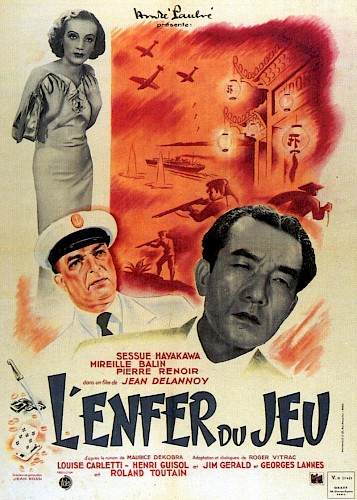Kick the Dead Rabbit: Tuxedos, Movies, and Cosmopolitan Urban Imaginaries in Macao
Thursday, 21 June 2018This article explores ways in which a cosmopolitan, urbane subject is on display in Macao’s gaming, tourism and leisure industries. Much like the fin-de-siècle flâneur studied by Walter Benjamin, the cosmopolitan tourist and gambler portrayed in the visual culture of Macao witness the city as both an aesthetic object and as a set of new experiences to be seen and felt. In asking for whom and to what end this subject and the urban imaginary of Macao is created, it is necessary to examine how a cosmopolitan space and subject have historically been represented. This article borrows from Aby Warburg’s Mnemosyne Atlas and Thom Anderson’s video essay, Los Angeles Plays Itself the use of a comparative approach to scenes and images. While Warburg’s early 20th century approach to art history and Anderson’s later film criticism arose from different eras and disciplines, they both point to the value of juxtaposing images as a form of analysis. The contention in this case is that through the comparison of specific details in movies set in Macao one might construct a visually mediated genealogy of the cosmopolitan. In other words, to better understand the urban imaginary of contemporary Macao it is helpful to look back at cinematic images of leisure and nightlife from the past. To this end, the tuxedo, as well as other luxury goods, so often seen in films about Macao can be explored as a visual through-line linking tropes of success and leisure to the construction of a new vision of cosmopolitanism that is marketed to predominately Chinese tourists.
B. Hodges (2018) “Kick the Dead Rabbit: Tuxedos, Movies, and Cosmopolitan Urban Imaginaries in Macao” in Wider Screen special issue: City imaginings and urban everyday life ISSN: 1795-6161

